
Teaching English in South Korea: My Cultural Adventure Overseas
Hi there! I’m Cedric, and I would like to share with you my story of how I started teaching in South Korea, and how becoming an ESL teacher in a different country could be the best opportunity of your life.
After living in New York City for three years, I felt it was time for a change of pace. I was tired of the noise, crowdedness, and how expensive everything was. A graduate school friend of mine recommended South Korea for teaching. He gushed about the country saying the people were friendly and polite, the students were fun, it was not too expensive, the food was excellent (if you like spicy food) and you could travel the world!
Pre-departure
I contacted the recruitment company my friend recommended. The application process took a while to get done. Not only did I need to complete my application form, but I also had to send letters of recommendation, a criminal background check, and a negative HIV test (this was previously a mandatory requirement in order to teach in Korean schools but has since been removed).
I also did thorough research on other teachers’ experiences in Korea. What it boiled down to was I had the option to work in a public school or a hagwon. There are both pros and cons to working at either of these institutions.
Based on my own research and my friend’s recommendation, I had my eyes set on teaching in public schools. One thing that helped me decide was that public schools are funded by the government and must therefore follow stricter guidelines, whereas hagwons are basically free to govern themselves.
Bottom line: do your research before making your decision on which one to pick!
I had an interview with the recruiter at midnight (which was about noon in Korea). As I had already done my research, I made sure to clearly point out that I wanted to work in a public school. My recruiter was able to guarantee this, so I was completely on board.
I was then asked if I wanted to teach in a big city or a small city. I chose small! (Remember what I said about New York?). Once I received my visa, I bought my ticket, packed my bags, and was good to go!
Embracing a New Culture
While I did lots of research on TEACHING in Korea, I am sad to say I didn’t do much research on the country itself. What were their customs? What was the food like?
As I had requested to be placed in a small city during the interview, I ended up receiving a teaching position in Yangsan which is a small city close to Busan in the southern part of the country.
My first day was nerve-wracking. I woke up in my hotel room starving. I opened the window and was shocked to find that I couldn’t see ANYTHING in English. Nada. Zilch.
But again, I was starving. I remember timidly walking into a convenience store to buy a banana, potato chips, and orange juice for breakfast. When I was ready to check out, I couldn’t speak or read the language, so I simply held up my items to the elderly man and smiled at him. He understood, pulled out a calculator, and punched in the price for the food. I was so relieved because the numbers on the calculator were the same in Korea and the United States.
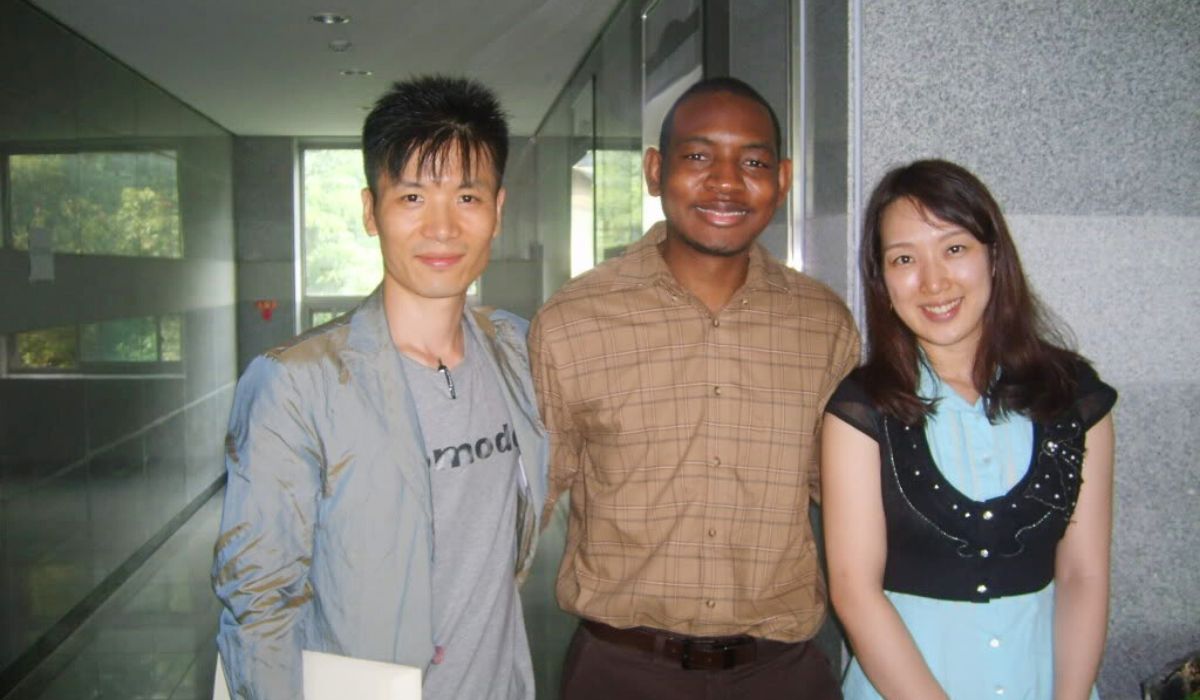
Despite this, my Korean co-teachers were very friendly and did their best to help me acclimate to my new home.
Part of adapting to South Korea included learning how to bow and use chopsticks. David also taught me how to read Hangul (the Korean alphabet).
The city was also very safe. You could walk around in the middle of the night with no problem. Children would high-five me on my way to school and middle/high school students would joyfully test their limited English against mine.
Navigating Practicalities
Not only was Duk Geun (David) my co-teacher, but he also helped me find an apartment, get my work visa, hook up my internet, and teach me how to use public transportation around Yangsan.
It took a few weeks before I was able to say ‘hello’ in Korean (안녕하세요, ahn-nyeong-ha-seh-yo) like a native. Once I was able to, other words came more quickly. When I also learned the Korean words for “please” and “thank you”, I learned the names of my favorite foods. I was then able to order meals in a restaurant without a problem.
Once comfortable with public transportation, I eventually bought a bicycle to help me get around the city a bit faster.
It was great having colleagues from the United States living in the same city as me. You will enjoy exploring your new country with other people who can speak your language. We had parties, went dancing, wandered around Busan (the second largest city in the country which was 30 minutes away by subway), or just hung out and talked about our experiences.
Speaking of connecting with other English teachers, it’s a good idea to pursue TESOL/TEFL training before setting out on your new adventure. In my case, it was actually required that I attend a course for my contract. Pursuing teacher training is great because it prepares you for adapting to the new culture, gives you strategies to navigate teaching the students, and you can connect with other teachers in the same boat as you.
Thinking of launching an English teaching career in South Korea? To teach in South Korea, you’ll need to have an accredited and recognised 120-hour TESOL/TEFL certificate.
If you haven’t obtained your certificate yet, you can do so here:
.
My Teaching Experience
Yangsan is considered a very small city in South Korea. For many of the students, it was their first time seeing a black man in real life. So on the first day of school, all the students swarmed me like a rockstar!
This lasted only about 3 months. After that, I was greeted with the same energy as the other Korean teachers. In the end, I felt my race didn’t matter. What mattered was whether my students could enjoy and learn from my lessons.
I was first given a Korean textbook and was told to have the students repeat vocabulary words after me. This is very common in Korean English classes. I could tell this bored the students. Fortunately, the principal allowed me to switch up my lessons to make them more interesting.
I prepared PowerPoints about English-speaking countries, played games with the students, had them perform role-playing activities, and taught them the Micheal Jackson thriller dance.
Reflections and Advice
I particularly appreciated how the Korean people always treated me with respect. I also enjoyed the spicy food, cleanliness, and safety.
Living in a different country is great because it forces you to adopt a different point of view. When you have only lived in one country, you can ONLY experience the world from the point of view of that country. This changes when you decide to live overseas. You soon realize that people are the same everywhere and the only differences are cultural and quite minor in my humble opinion.
Also, learn how to speak even a few words in the language of the country you’re visiting and always have a positive attitude. While the Korean people are very respectful, I believe the main reason I was treated well was because I too tried my best to be respectful.
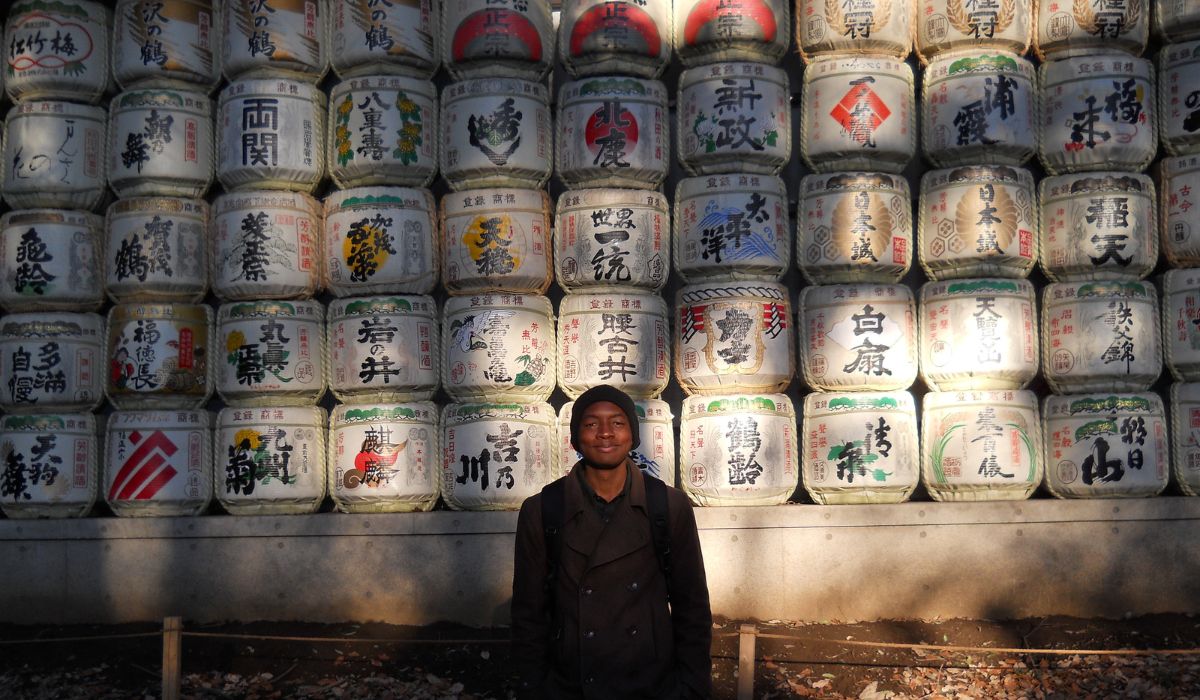
Oh, and one more thing. Make sure to travel to other countries if you have the opportunity! I was fortunate to experience many new places during my time teaching in South Korea, among which Japan was one of the most memorable ones (pictured above).
🔎 Further reading – Learn more about what types of teaching opportunities await you in South Korea:
- Hagwons – Private learning academies
- EPIK, SMOE, GEPIK, and GOE – Public School Teaching Programs
- EPIK Program Guide 2024
Don’t forget to also pick up your 120-hour TESOL/TEFL certificate which is needed for the work permit and visa process in South Korea!
.

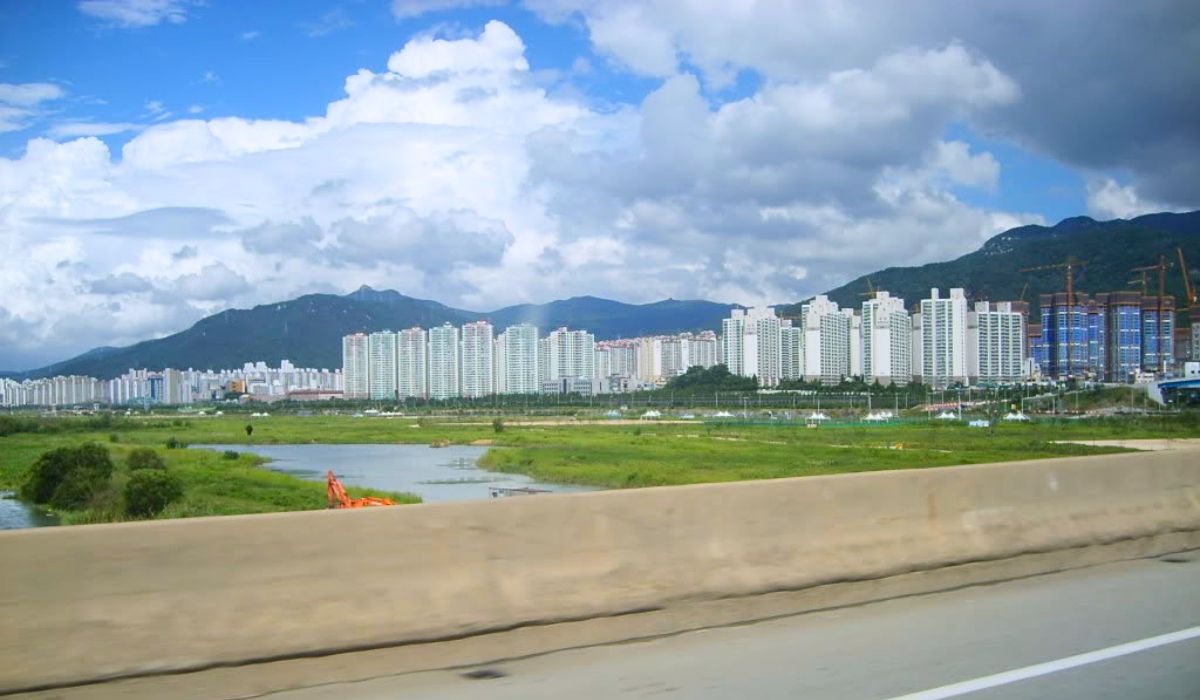
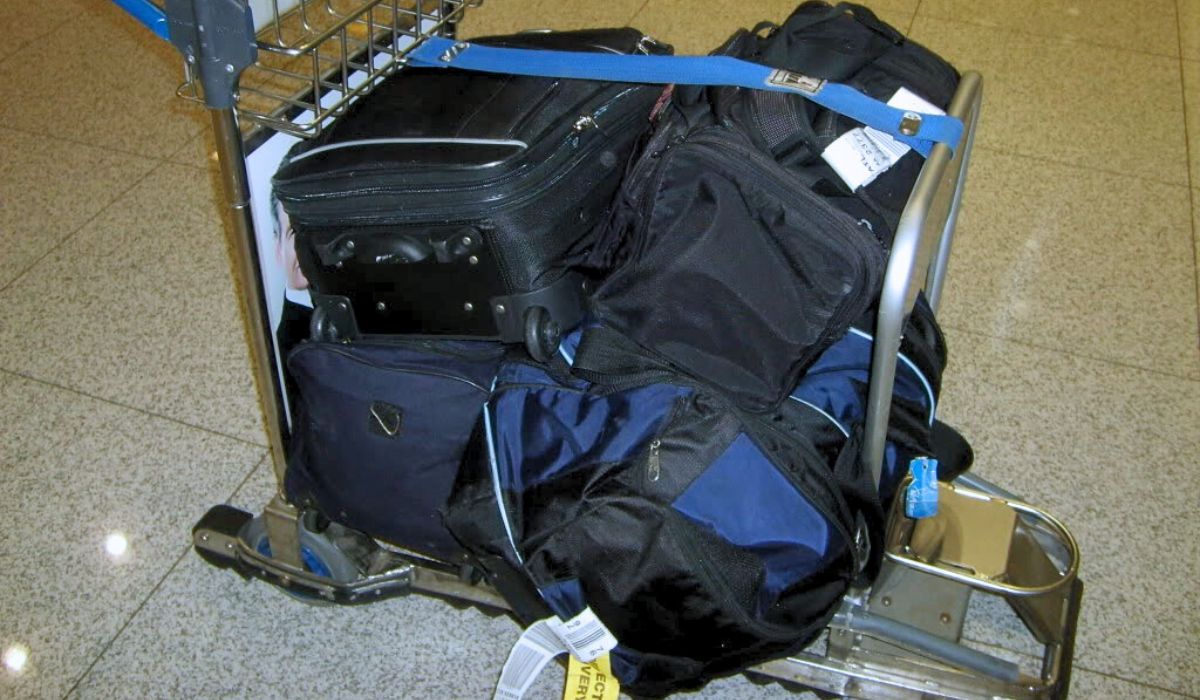

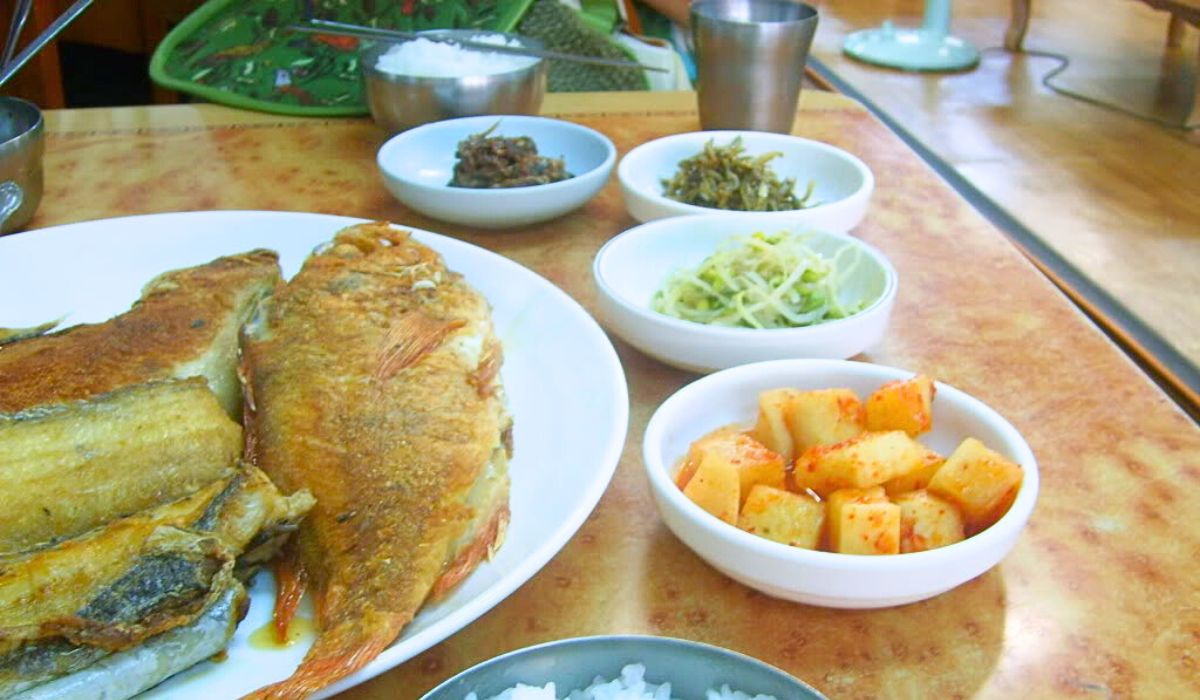


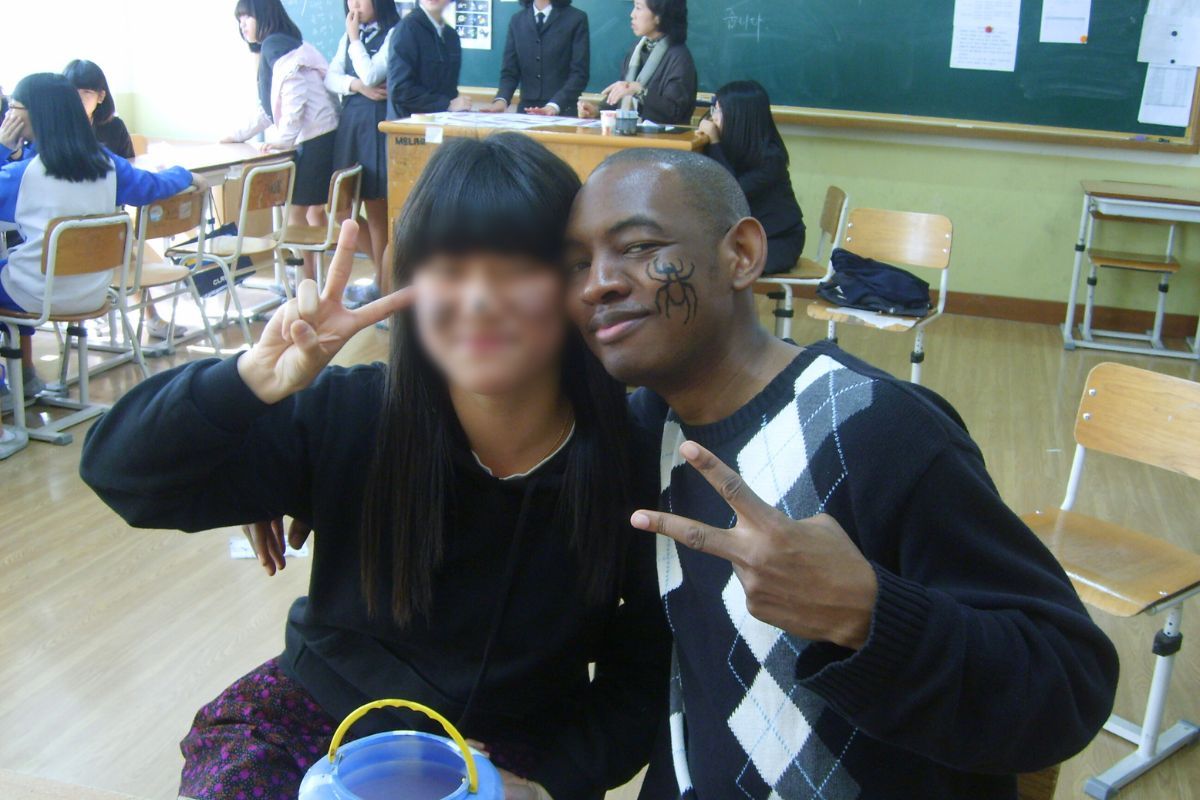
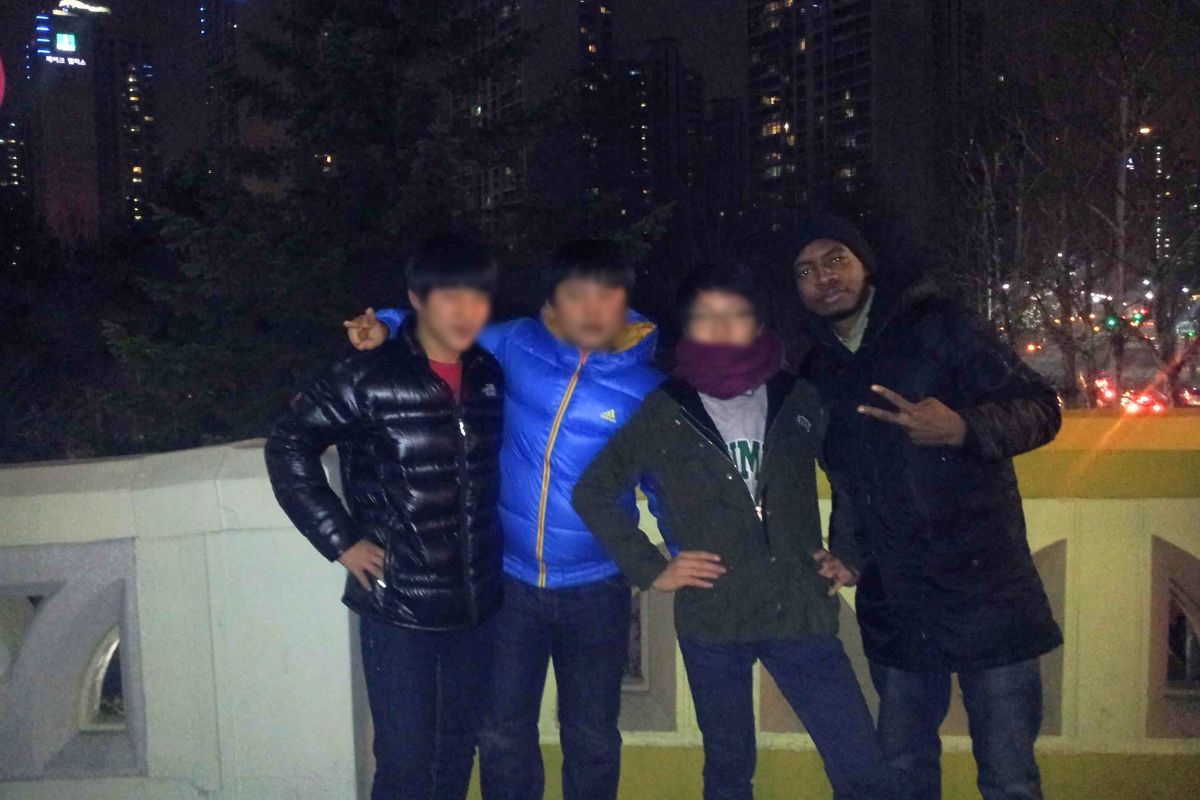



Leave A Comment